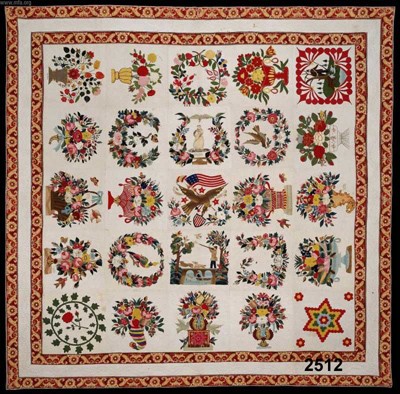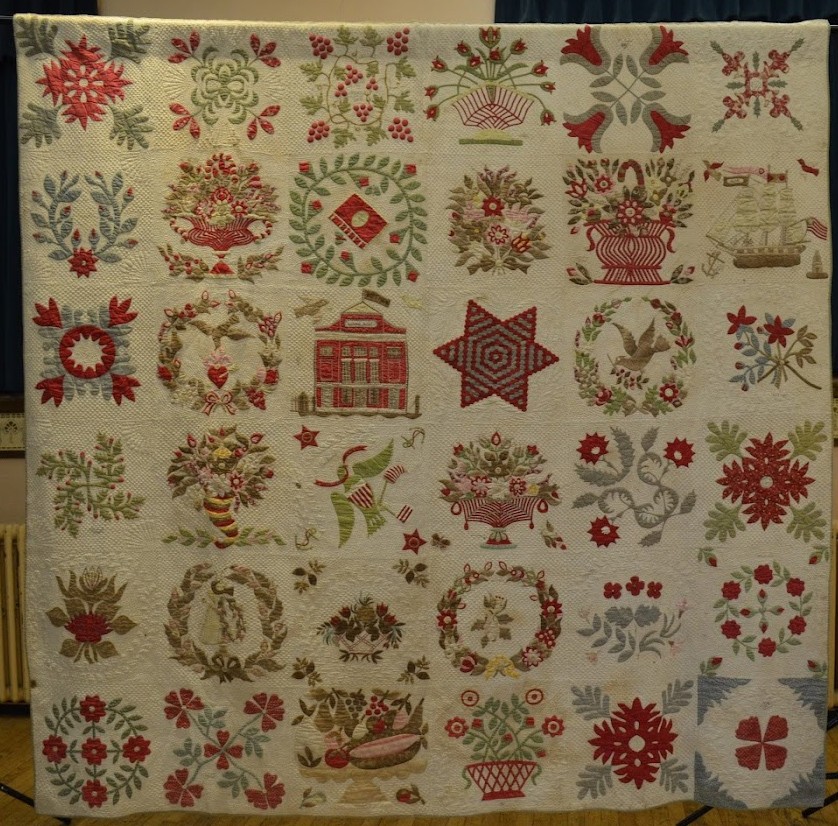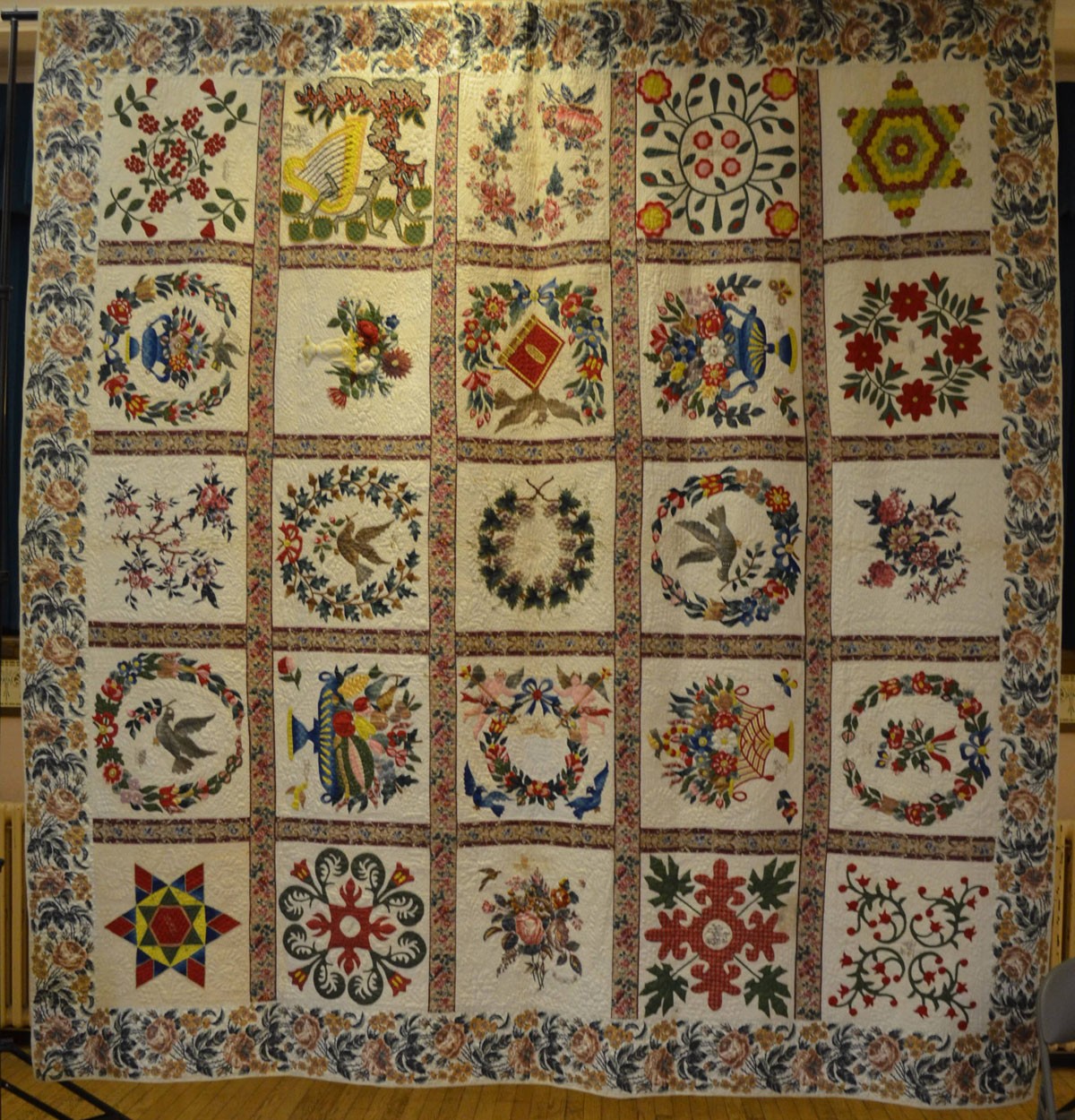Textiles and the Triplett Sisters
BAQ Makers: Brice Workshop

On December 22, 1848 The Baltimore Sun carried an article about stolen “five fancy bed quilts, some of which were of the most elegant styles of needle-work, being profusely adorned with mathematical figures, squares, histrionic [sic] representations, etc.” The theft took place in the yard of her residence on West Saratoga Street. Proof of the theft is shown because Officers Brice and Small arrested two on suspicion of theft, Matilda Howard and Williams Collins. Unfortunately, the case was dismissed because of lack of evidence. The paper went onto state that the “quilts were really splendid specimens of work, one hundred and fifty dollars having been offered for them and refused.”

If we adjusted the price of $150 in 1845 it is equivalent in purchasing power to approximately $6,059.72 today. Definitely not your run of the mill quilts! It seems likely that someone who possessed five quilts, valued at that level and knew the price she was asking, was selling these quilts. But is there additional evidence to support this theory?
A review of multiple business directories from the period noted Mrs. Brice consistently listed as a dressmaker or mantuamaker. Being a dressmaker, would certainly give her access to many women that might also be interested in purchasing quilts. Besides Mrs. Brice, Cordelia A Merryman Brice was her daughter-in-law and a seamstress. The two ladies lived and worked together for decades.

A November 16, 1847, ad in The Baltimore Sun was placed by Mrs. Brice (Susan Brice) hiring 12-15 young ladies to learn the business of fancy dress and cloak making at her residence at 206 W. Saratoga Street. A review of the census didn’t show any of these workers living at the residence, so it is possible they worked from home and brought their work to Mrs. Brice.

In 1853, Mrs. Brice would advertise again for an additional 15-20 worker young ladies to apply at the same residence. Additionally, Mrs. Brice would later be joined by her granddaughter Susan Virginia Brice also working as a seamstress. Therefore, we have proof of multiple BAQs at the residence with an asking price, multiple seamstresses working and a need for a large number of additional sewers during the period when the popularity of BAQs were at their height. These facts will motivate us to continue the research into the Brice Workshop.

